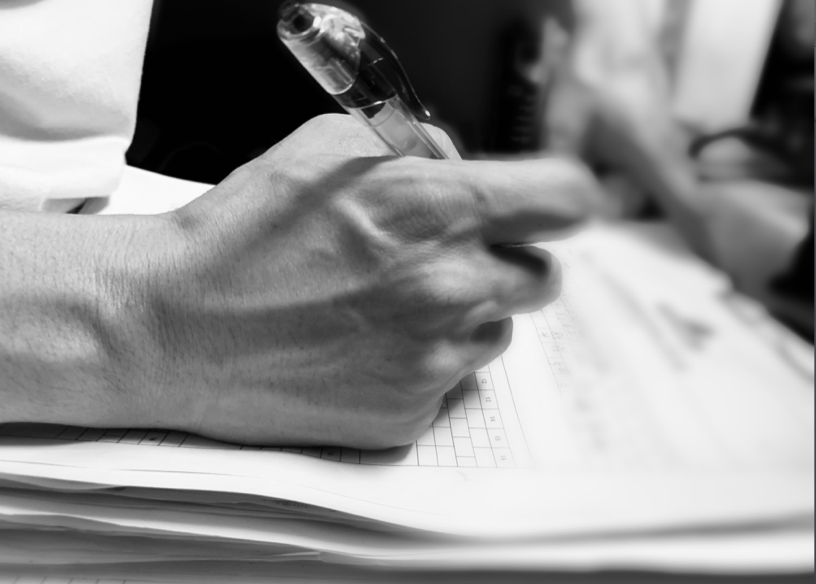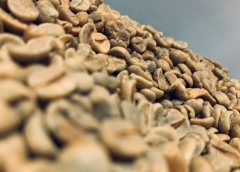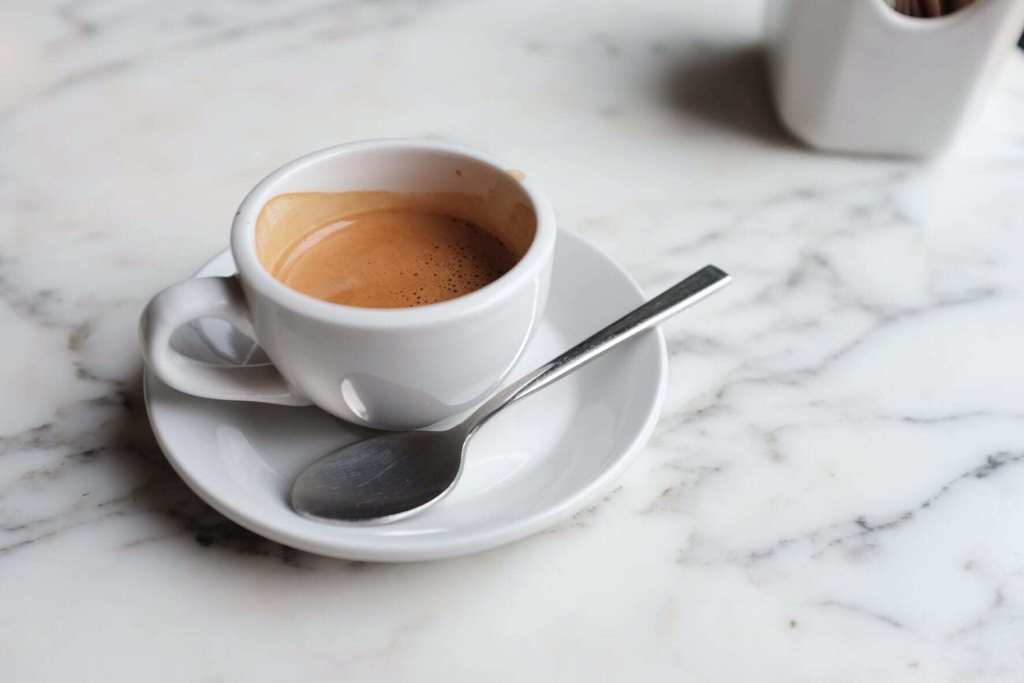Coffee roasting | A small sharing of the baking curve of a Brazilian red bourbon

When you get a raw bean, how does the baker highlight the personality of a bean? this is a great test of the baker's technical skills. Today, let's talk about how the Brazilian red bourbon determines its curve in the baking process. Whether its flavor will be the same as I want, full-bodied with sweet, rich with nuts, chocolate flavor.
Half-sun-treated Brazilian red bourbon is produced in South Minas, Brazil. It is only 1100 meters above sea level. The density of beans is low and the quality of beans is soft. Use slightly higher firepower and bake it slowly over medium heat.

Before the raw beans enter the boiler, we will heat the boiler first. Under normal circumstances, we will raise the temperature of the boiler to 200℃, then turn off the fire to cool it down to 100℃, and then re-fire to let the temperature of the boiler rise to 200℃. Why is that? Mainly because the temperature itself is a process that needs to be accumulated, we have to ensure that the temperature in every corner of the baking box can be heated evenly, so it will be preheated for a period of time, so that the heat of the furnace temperature is relatively stable.
The roaster Yangjia 800N (roasting capacity 550g) is fed into the bean temperature 200℃, the throttle is 3, and the firepower is 130th.

| | temperature recovery point |
When the Brazilian red bourbon bean enters the boiler, the raw bean will immediately absorb heat, the boiler temperature will drop suddenly, and then reach the temperature recovery point of 1: 35 ", 107 ℃, and then the temperature will rise.
| | turn yellow point |
When the furnace temperature reaches 140℃, the air door opens to 4, the firepower remains the same as before; when the sampling rod is taken out to observe the beans, it will be found that the beans turn yellow slowly from the beginning white, when the furnace temperature is 150-160℃, the bean table completely turns yellow, the grass smell disappears completely, and emits the aroma of baking bread. The beans begin to enter the dehydration stage. When the furnace temperature reaches 166℃, the throttle still does not change to 4, and the firepower drops to 100℃. When the furnace temperature reaches 176℃, the fire falls again, the firepower is 70, and the throttle remains unchanged. When observing the beans, it is obvious that there are ugly wrinkles and black markings on the bean surface, and the aroma of toast is gradually transformed into the aroma of coffee. When the furnace temperature reaches 180 ℃ and the throttle opens to 5, the firepower remains unchanged.

| | burst time |
When we smell the aroma of coffee in beans, we can define it as a prelude to an explosion. At this time, we should listen carefully to the sound of the point of explosion. The time of explosion is 182 ℃, 9: 00 ", the development time of beans is 3: 30", and the temperature of the pot is 203.
The perfect beans are baked. What about the bean flavor? Of course, we need a cup test.

Flavor: nuts, dark chocolate, cream, caramel
Finally, let's extend a little baking knowledge point.
1. In the process of heating the stove, open the air door to the maximum, according to our Yang family roaster, the largest air door is 5, the biggest purpose is to heat the firepower to the heater. If the throttle is controlled relatively small at the beginning, better hot air will be accumulated in the furnace, which may not be the firepower of the fire, but may be the hot air generated to raise the furnace temperature. it makes the heat of the furnace temperature unstable.
2. With regard to baking, we often hear "Maillard reaction" and "caramelization reaction". In fact, all we can explain are physical reactions, and we can't prove them all about the chemical reactions of what acids and what acid molecules are produced at which point.
3. Maillard reaction mainly begins after dehydration is completed, and the bean color begins to change from yellow to final brown (this process refers to the time when the coffee bean begins to turn yellow to explode). This reaction will not end until your beans are completely cooled out of the boiler. Maillard reaction can bring flavor, taste, color and complexity to coffee, in the baking process, want to highlight the flavor of coffee. It can be adjusted by prolonging or shortening the reaction time.
Important Notice :
前街咖啡 FrontStreet Coffee has moved to new addredd:
FrontStreet Coffee Address: 315,Donghua East Road,GuangZhou
Tel:020 38364473
- Prev

Coffee roasting | how to bake a Brazilian red bourbon | Baking sharing
When you get a raw bean, how can the baker highlight the personality of a bean? this is a great test of the baker's technical skills. Today, let's talk about the change of Brazilian red bourbon in the baking process. ~ half-sun-treated Brazilian red bourbon is produced in South Minas, Brazil, only 1100 meters above sea level, the density of beans is low, the quality of beans is soft.
- Next

The two worlds of Espresso-is it better to roast espresso beans deep or light?
Professional coffee knowledge exchange more coffee bean information please follow the coffee workshop (Wechat official account cafe_style) if you are lucky enough to go to Rome to drink a cup of authentic Italian Espresso, whether it is La Casa Del Caffe and SantEustachio II Caffe that opened before and after World War II, or Antico Caffe Greco, which has a history of more than 200 years, or any one.
Related
- Why are the coffee in some coffee shops not enough after being frozen? What should I make up for my American latte cappuccino coffee after being frozen?
- How much water does it take to steam coffee by hand? Why is the coffee brewing and steaming time 30 seconds? What is the purpose of steaming coffee?
- The suspected drink contains too much caffeine! Overlord Tea Lady responds urgently!
- Starbucks rejects antique paper coupons?! Netizen: Missed marketing opportunities!
- What ratio of water temperature and ground does the smart cup method use to press coffee? The difference between brewed coffee and filtered coffee?
- What is the standard process for the purpose of coffee cup testing? What is the difference between hand-brewed coffee and cup testing?
- How to use hand-brewed coffee paragon small golden balls? How does cold coffee lock in the aroma of coffee?
- Is American coffee black? What is the difference between American coffee and drip coffee?
- Unexpected! Well-known tea beverage brand Lele Tea will withdraw from the Zhengzhou market!
- Starbucks enters the fashion and beauty industry?! Netizen: Give me an ice American eye cream

